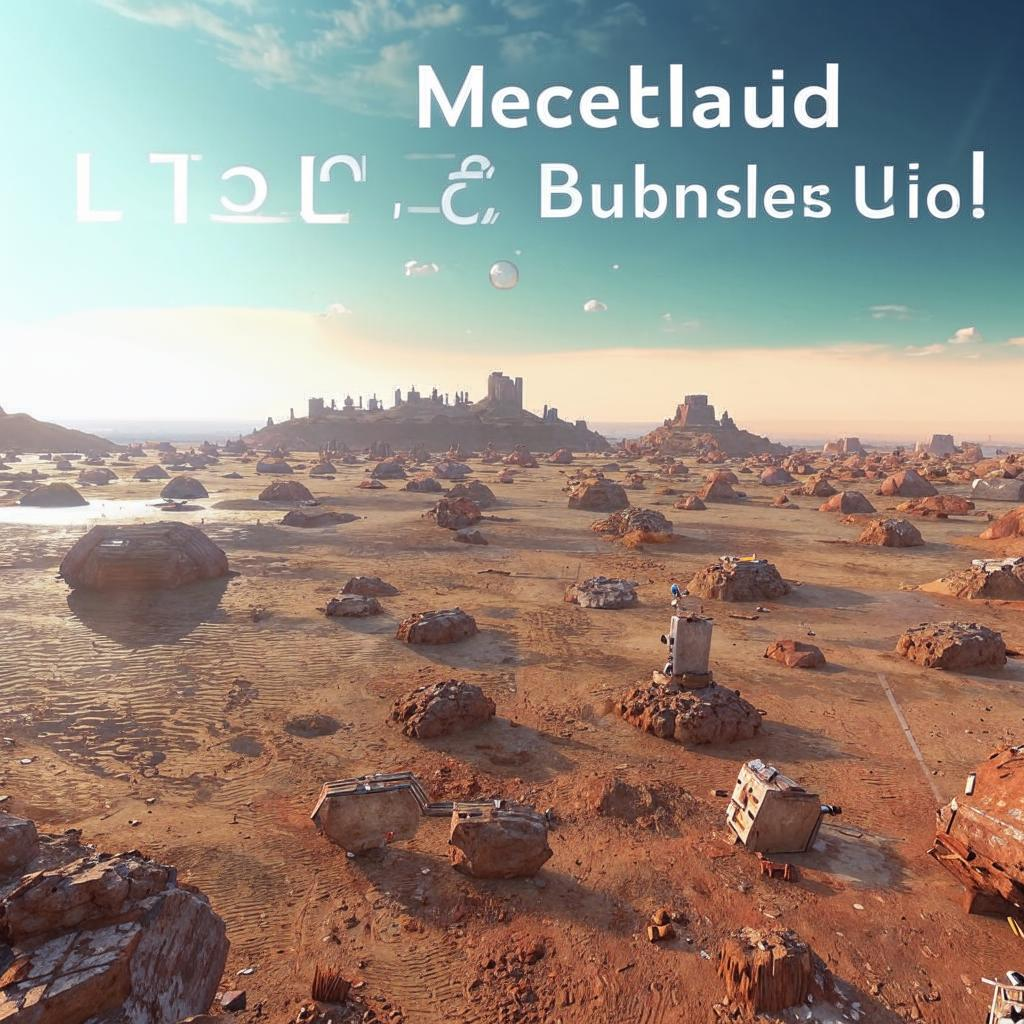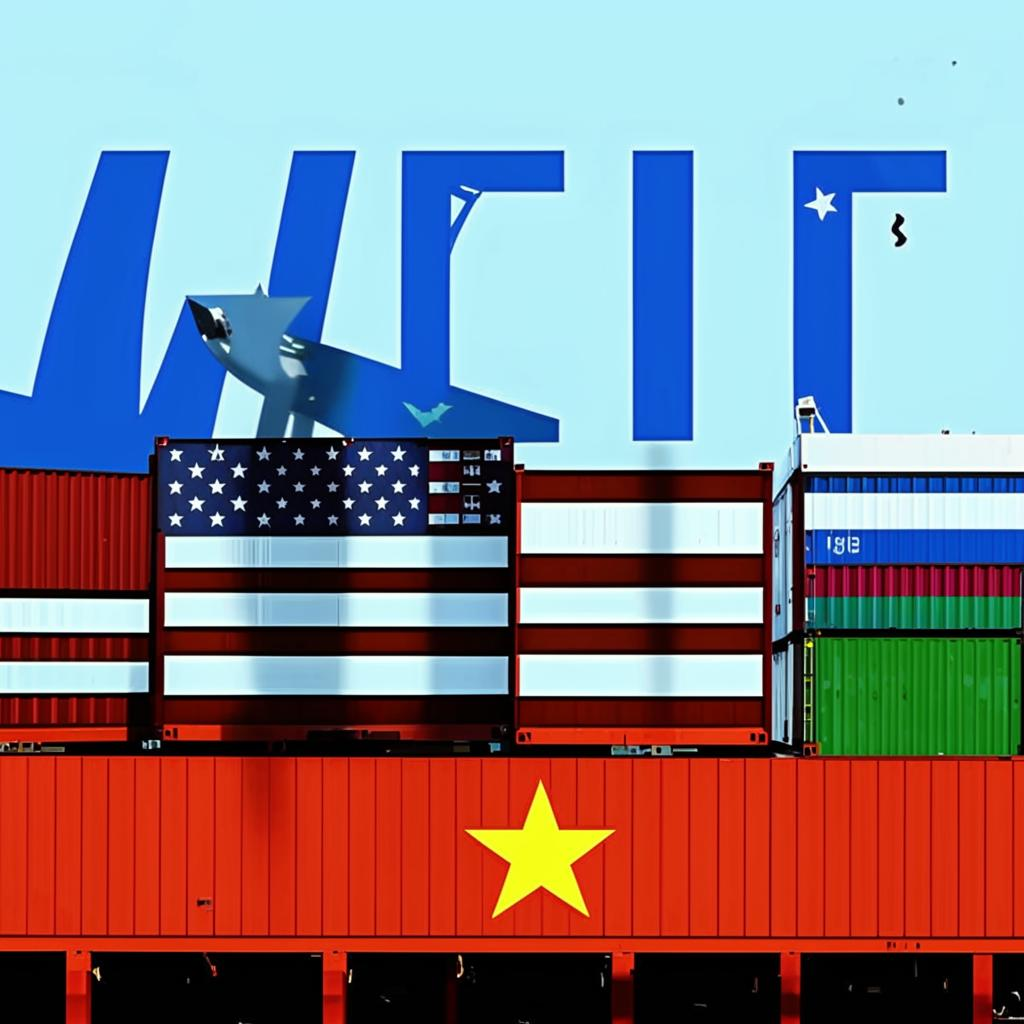Metaverse enthusiasm is waning, with virtual land prices experiencing significant drops. The initial frenzy surrounding platforms like Decentraland and The Sandbox saw digital real estate fetching exorbitant sums. However, recent data reveals a sharp decline in value, raising concerns about the long-term viability of the metaverse land market.
Several factors contribute to this downturn. The initial hype, fueled by celebrity endorsements and promises of a vibrant virtual future, has cooled as user adoption remains relatively low. Many early investors speculated on future growth, but the slow pace of metaverse development and limited practical applications have dampened enthusiasm.
Experts are now questioning the intrinsic value of metaverse land. Unlike physical real estate, virtual land is infinitely replicable, leading to concerns about scarcity and long-term appreciation. Furthermore, the lack of interoperability between different metaverse platforms limits the utility of owning land in a single virtual world.
Despite the current slump, proponents argue that the metaverse still holds immense potential. As technology improves and more compelling use cases emerge, demand for virtual land could rebound. However, for the metaverse to truly succeed, it needs to offer tangible benefits and experiences that attract a wider audience beyond early adopters and speculators. The future of metaverse land hinges on its ability to evolve beyond hype and deliver real value to its users. Without genuine utility and engagement, the current downturn may signal a long and challenging road ahead. The question remains: can the metaverse deliver on its initial promise, or is it destined to remain a niche market?











